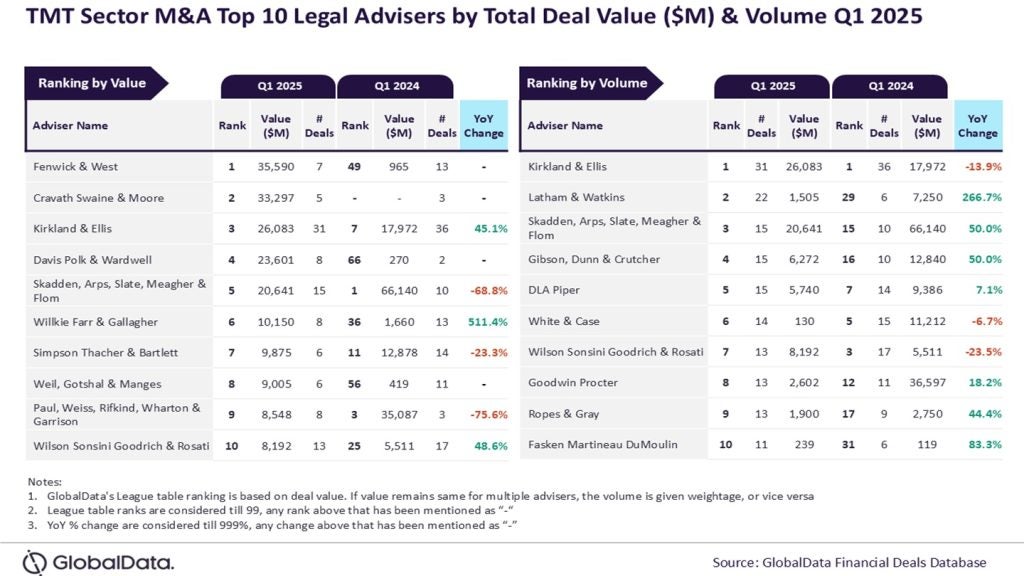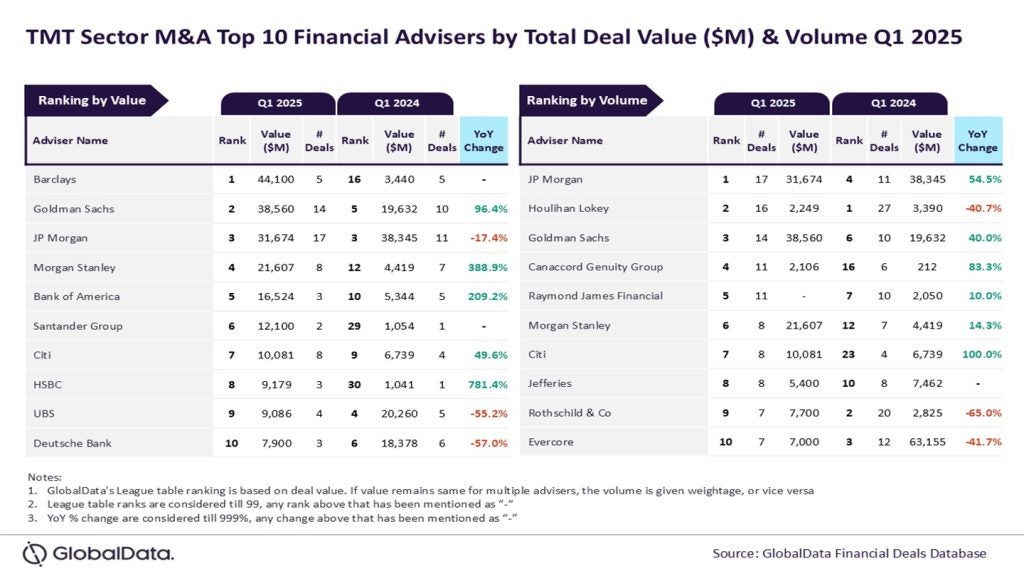
We are living in an age dominated by constantly evolving, technology-driven concepts, with new buzzwords and trends emerging annually. One such concept, Web3, combines a number of these modern ideologies – blockchain, the metaverse and cryptocurrencies – to paint a picture of an online utopia. If you were to classify Web3 as a high school archetype character, it would be the hippy, artsy kid looking to protest the establishment.
Unlike its square parents (Web 1.0 and Web 2.0), the ideals of Web3 are to give power back to the people and decentralise the internet away from the controlling hands of Big Tech – essentially to use cutting-edge technology to ‘stick it to the man’.
Web3-dom
According to experts, Web3 intends to do this by creating a more open internet system that can be verified through blockchain and allows users more power over their own data. This is an appealing prospect for today’s online generation, with many users often feeling wary about their online lives. Online scammers are becoming more sophisticated and convincing, distracting adverts are incessant annoyances when trying to complete daily digital tasks and many feel a lingering paranoia over who can access personal files or webcams.
It is understandable then, that these users would desire more control over the internet and more transparency on data uses and access. Blockchain measures could provide that – the digital ledger of transactions that is duplicated and verified across multiple networks makes it very difficult to change, hack or cheat the system.
Yet, if this is enough to successfully convince you to braid daisies into your hair and skip off into the bright Web3 future, then there is also a word of caution. Several of them, to be precise.
Web3… we have a problem
First, Web3 isn’t free. You cannot simply own your piece of the utopia because you want to. Although Web 2.0 may have seemed free from a price, often the user was paying by participating as the product through having their data information sold or by becoming a target for advertisers. Without offering yourself up as the product in Web3, there is another route to paying your way in – cryptocurrency – and all you need to do for your piece of internet peace is to buy them.
Indeed, many of the organisations that are building Web3 platforms and applications are funded by cryptocurrency. Furthermore, the creator of the term Web3 is Gavin Wood, coincidentally the co-founder of Ethereum, an open source blockchain, with Ether being a native cryptocurrency, second only to Bitcoin in market capitalisation.
Therefore, it can be argued that Web3 is simply a marketing ploy designed to legitimise and necessitate cryptocurrency, non-fungible tokens and, more generally, decentralised banking. However tempting a fully realised Web3 concept might be, the volatility of the crypto game and the puzzling nature of blockchain may act as a gatekeeper for progress into Web3 for the average Joe.
For those that do grasp the intricacies of crypto investing and blockchain verifying, they may feel like they are being forced to buy monopoly money in order to play the Web3 board game.
At least we’ll be decentralised, right?
If we put the cryptocurrency-bias element to one side, the main concept of a decentralised internet is still very appealing to many. The desire to feel less complicit in Big Tech’s iron rule is one many can understand. If Web3 could be the solution to creating a more balanced, less controlled digital future, then regardless of the crypto fee, it is still worth the vote of confidence, right?
Well, the biggest investors in Web3 seem to contradict the idealistic views. For example, venture capital firm Andreessen Horowitz (which has assets worth more than $28bn) launched a $4.5bn Web3 fund in May 2022. This raises eyebrows when it is considered that not only is the firm a major Web 2.0 investor with stakes in Meta (formerly Facebook), but co-founder Marc Andreessen is also a current board member for Meta and at the time of writing is its longest-serving board member.
Furthermore, the Andreessen Horowitz-funded crypto exchange platform, Coinbase, announced in June 2022 that it was “replatforming” to become “the default gateway to the Web3 ecosystem”.
For a concept that is supposed to be based on open, free, verifiable and decentralised internet use, it seems strange that a default gateway would be required. It is stranger still that this endeavour would directly benefit key shareholders in Web 2.0 and Big Tech giants such as Meta.
If Web3 is successful, it seems that all the cryptocurrency element will do is introduce a fee for those whose desire in using Web3 is to evolve from product into user. Yet paying for the pleasure, albeit indirectly to Big Tech, feels a little contradictory.







